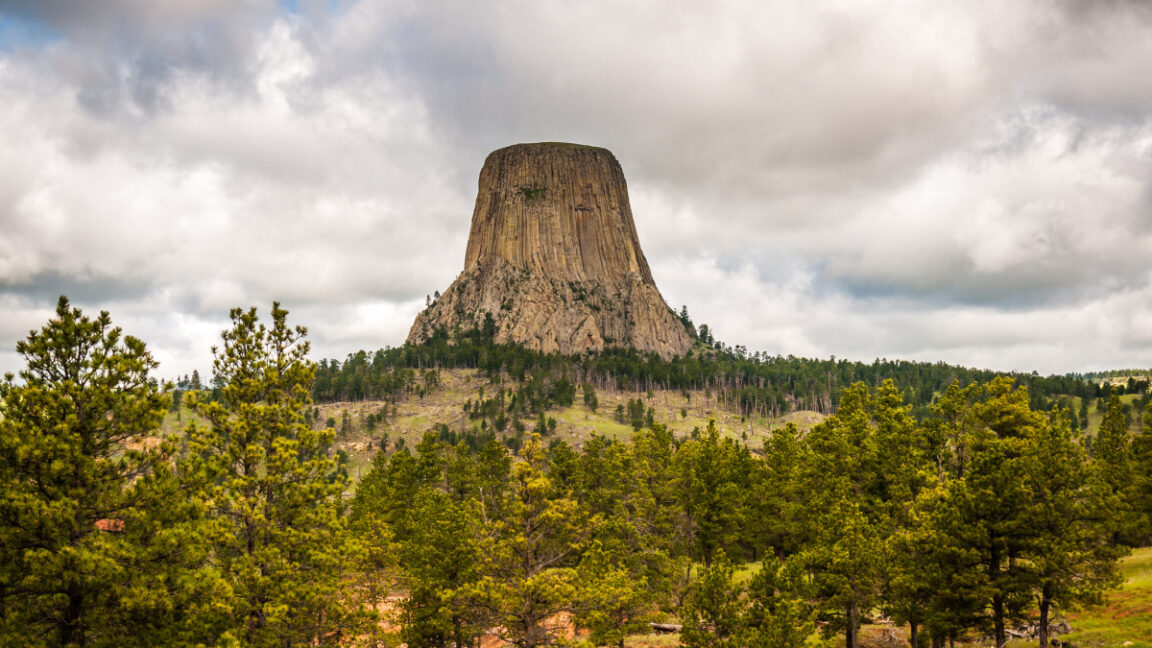On Monday, Mayor Patrick Collins of Cheyenne, Wyoming, announced plans for an AI data center that would consume more electricity than all homes in the state combined, according to The Associated Press. The facility, a joint venture between energy infrastructure company Tallgrass and AI data center developer Crusoe, would start at 1.8 gigawatts and scale up to 10 gigawatts of power use.
The project’s energy demands are difficult to overstate for Wyoming, the least populous US state. The initial 1.8-gigawatt phase, consuming 15.8 terawatt-hours (TWh) annually, is more than five times the electricity used by every household in the state combined. That figure represents 91 percent of the 17.3 TWh currently consumed by all of Wyoming’s residential, commercial, and industrial sectors combined. At its full 10-gigawatt capacity, the proposed data center would consume 87.6 TWh of electricity annually—double the 43.2 TWh the entire state currently generates.
Because drawing this much power from the public grid is untenable, the project will rely on its own dedicated gas generation and renewable energy sources, according to Collins and company officials. However, this massive local demand for electricity—even if self-generated—represents a fundamental shift for a state that currently sends nearly 60 percent of its generated power to other states.
Wyoming Governor Mark Gordon praised the project’s potential benefits for the state’s natural gas industry in a company statement. “This is exciting news for Wyoming and for Wyoming natural gas producers,” Gordon said.
The proposed site for the new data center sits several miles south of Cheyenne near the Colorado border off US Route 85. While state and local regulators still need to approve the project, Collins expressed optimism about a quick start. “I believe their plans are to go sooner rather than later,” he said.



I thought that was the point. They have low energy demand so it was a fitting place for datacenters